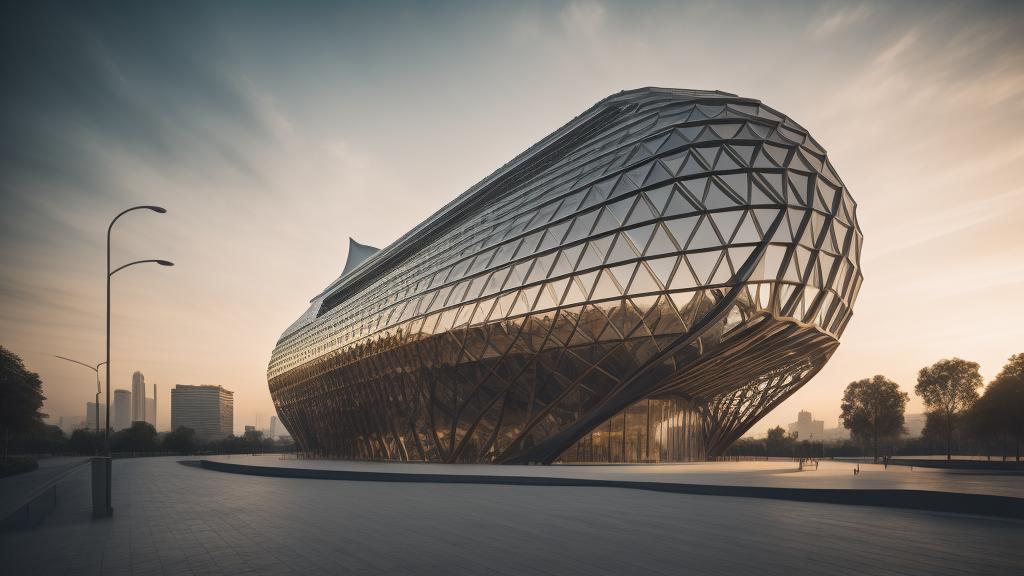In the ever-evolving field of architecture, the lines between possibility and impossibility are continually blurred. Modern architects are pushing the boundaries of physics and design, creating structures that seem to defy gravity itself. This isn’t just about making buildings taller or more complex; it's about rethinking the fundamentals of architecture to achieve the seemingly unachievable.
One of the most jaw-dropping examples is the Capital Gate in Abu Dhabi. Known as the 'Leaning Tower of Abu Dhabi,' this 165-meter skyscraper leans 18 degrees to the west, a stark contrast to the mere 4 degrees of Italy’s Leaning Tower of Pisa. Constructed with a pre-cambered core, the Capital Gate bends inwards to counteract wind pressure and other forces, making it an engineering marvel and a symbol of architectural ingenuity.
In another part of the world, you’ll find the gravity-defying structure known as 'The Dancing House' in Prague. Designed by Frank Gehry and Vlado Milunić, this building consists of two towers that resemble a pair of dancers, with one appearing to be in motion. These 'dancing' curves challenge our perception of weight and balance, creating an illusion that captivates and confounds.
Next, let’s journey to Sopot, Poland, to witness the architectural wonder that is the Krzywy Domek, or 'Crooked House.' At first glance, it seems like a vision from a fairytale, with walls that wave and windows that bulge. This unusual design was inspired by the surreal illustrations of Polish artist Jan Marcin Szancer and brings a touch of whimsy to everyday life.
Modern architecture isn't just about aesthetics; it’s also about sustainability and innovation. The Bosco Verticale in Milan exemplifies this perfectly. These residential towers, designed by Stefano Boeri, are covered in over 900 trees and more than 2,000 plants. The vegetation aids in air purification, moderates building temperatures, and creates a unique urban ecosystem, showcasing how modern design can harmonize with nature.
And who could overlook the Liyuan Library in Beijing? Nestled amidst a forest, this library is constructed from locally reclaimed wood, blending seamlessly with its natural surroundings. The sunlight filtering through the wooden slats creates an ethereal atmosphere, highlighting how sophisticated design can enhance the user experience without overshadowing the environment.
Yet, these feats are not confined to the land. The Floating House in Prague, designed by Milan Řídký, is a marvel that drifts on the Vltava River. Built using lightweight yet durable materials, this home can resist strong currents and harsh weather conditions, proving that modern architecture isn’t limited by terrain.
Even in the depths of the Antarctic, ingenuity prevails. The Halley VI Antarctic Research Station, designed by Hugh Broughton Architects, is a prime example. Constructed on hydraulic stilts and equipped with ski-based modules, this mobile research station can move and adapt to changing ice conditions, showcasing how architecture can support scientific endeavors in the harshest environments.
The world of modern architecture is more exciting than ever, embracing new technologies, materials, and ideas. As architects continue to challenge our perceptions, the sky—or perhaps even outer space—is the limit.
The Wonders of Modern Architecture: Buildings That Defy Gravity

